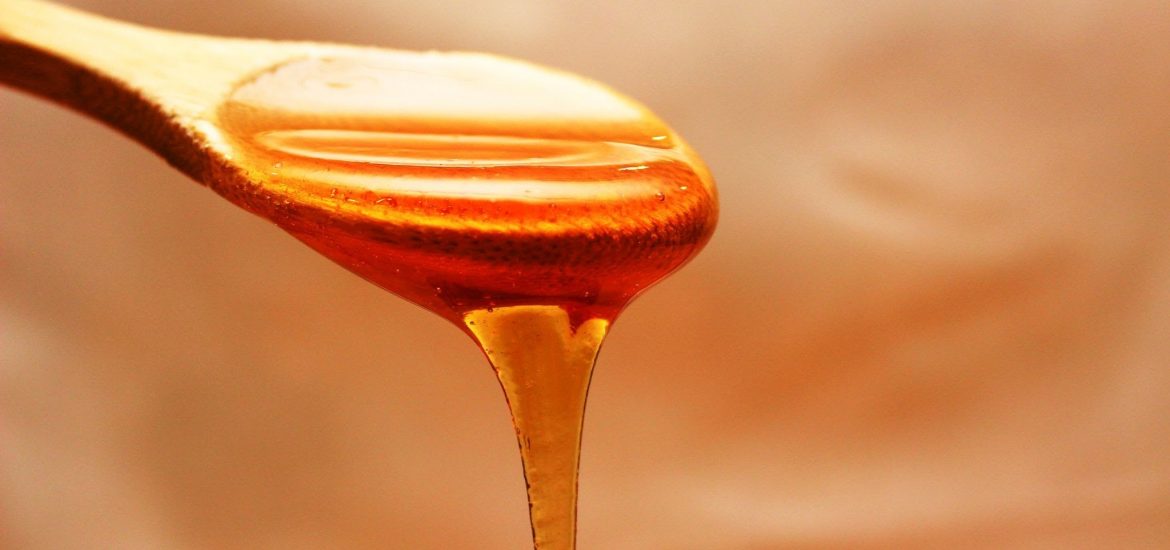Spoons are utensils we all use on a daily basis. Even in Asian cultures, where people use quite different types of cutlery compared to us, you will find spoons. They are held differently than our spoons, and have a bit different shape but are, after all – spoons.
In the present, we usually think about spoons as metal objects. That’s because metal spoons became predominant as industrial production developed in the previous centuries. However, in the past, most people used wooden spoons, which were hand-made from the wood they could find in forests around their settlements.
Despite the dominance of metalware, wooden spoons are still popular among woodcarvers. They are still well-selling products because people use them for cooking (they scratch the pots far less than metal) and for eating honey. Also, they can even inspire artistic projects – you would be surprised how many amazing designs of spoons exist out there. So, what do you need to carve a spoon? Let’s find out!
Necessary Spoon Carving Tools
We can say that there are two groups of tools we use for carving spoons. On the one hand, there are some tools you absolutely can’t avoid. And then, there are those which you could use to make some incredible designs. I will now discuss both.
Basic Tools for Spoon Carving & bent gouge wood carving chisel
This mostly refers to knives you can’t really carve without. There is one particular knife type that is crucial for making spoons, and it’s called a hook knife or crooked knife. This tool has a curved blade, which is made to remove wood in such a way that it leaves spheric voids in the material. It can have cutting edges on only one or both sides, depending on the model.
This tool is so important for making spoons, that its common name is “spoon knife”. Another interesting thing about hook knives is that in their case, unlike most straight knives, it matters if you are lefthanded. There are plenty spoon knives made for the lefthanded, just pay attention to this when buying one.
Apart from this knife, you will need regular, straight knives of course, for working around the handle and other non-curved parts of a spoon.
The next one in line is, of course, the wood. If you are a beginner try with softwood. Although hardwoods are also recommended for those spoons which are meant for use in the kitchen, as they are more durable and temperature resilient.
Finally, once you’re done with carving itself, you will need sandpaper and some kind of wood finish or mineral oil for the final touch. The sandpaper will make the surface look smooth, while the oil will drench the wood and protect it.
Additional Tools
If you have a woodcarving business and a required weekly volume of production, it’s hard to achieve all that using only your hands. In those cases, people usually invest in several electric machines, which help them make spoons more quickly and create attractive designs.
Some of the power tools you could consider are Dremel tools, scrollsaws, lathes, or sanders. Each of these machines will help you with processing the wood in a particular way. Dremel tools will help you drill, cut, spin or sand your project.
Having these tools in your workshop can cost you some money, and take up some space, and take you some time to figure out which one to buy, as there are so many producers and types. However, this effort will definitely pay off, as using them highly increases the amount of work you can perform daily.

